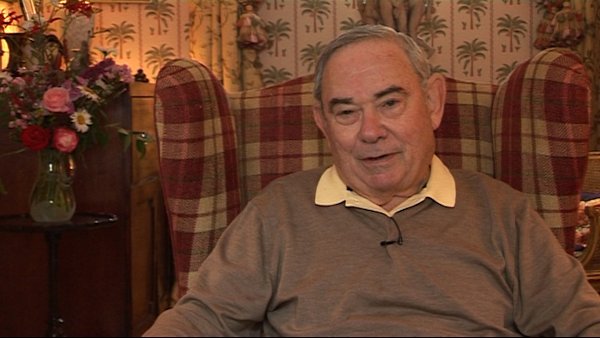So, returning to the story in respect to the publication of my first paper in 1961, the evidence that I wanted from Ted Puck was right on target and Paul and I were convinced that we should publish this paper. And because Ted Puck has published all of his work in a journal called the Journal of Experimental Medicine, we decided to submit our paper to that journal. That journal, in fact, was published by the Rockefeller Institute which had the interesting connection with Carrel who published all of his papers in that journal, and so we felt that was an appropriate journal for this work.
The paper was written and, as I say, it contained several... several themes. One, of course, was the major thing which is the finite replicative capacity of normal cells, the virus spectrum and we also suggested that the cells could be used for the production of human virus vaccines because, by this time, the state of alarm in respect to the use of monkey kidney had reached such a crescendo that people were really worried, and I'll return to that issue shortly; that is, people producing vaccines were getting very worried, including Salk and Sabin and Hilary Koprowski.
The paper was submitted and because Paul and I were unknown in... in the biology field and because Hilary Koprowski had an international reputation and knew many of the people on the editorial board of the Journal of Experimental Medicine, he wrote the covering letter to our manuscript, describing what he thought was important about it, and the paper was submitted. I now have a recollection that while we were writing the paper, we in fact invited Hilary to join us as co-author. He refused. It was customary in those days to at least make that offer to your chief. He did not accept the offer, I think largely because, at that time, he was really sceptical, as most people were, about our results. That didn't bother us to any extent.
In fact, I remember one day in my periodic reporting to him about my work was that I began to tell... I told him about the virus spectrum, about the finite lifetime. I also told him that I had discovered a way of making the cells pile up, not as a single cell-layer thick, which looks very much like the skin that would come off your back after sunburn, a very thin, single cell-layer thick, which is usually the way it grows on... on the floor of a flask. But then under certain conditions, you can make the cells pile up to become ten or 12 cells thick and look very much like a tissue and we reported that as well in this paper. So, as I made my frequent reports to Hilary, I remember one time he said to me, 'Len, one day you're going to come in here and you're going to tell me that there's nothing that these cells can't do.' Of course, he said that jokingly. But he was very interested in what we were doing, mainly because of its becoming increasingly clear that there's an opportunity here to replace monkey kidney.





